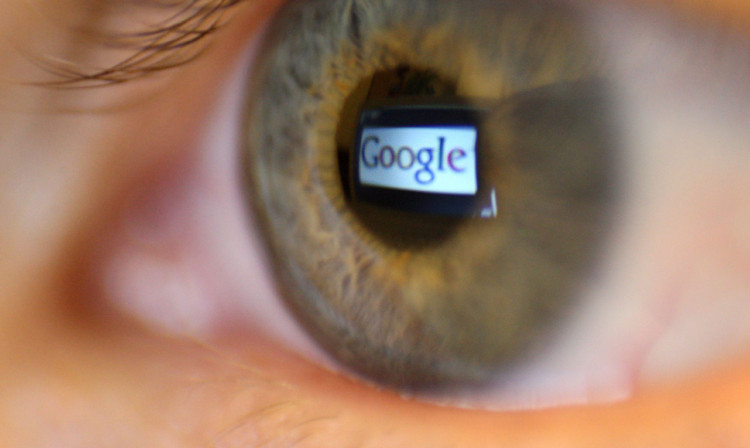Internet searches for child abuse images will be blocked for the first time by Microsoft and Google after months of mounting pressure.
New software is to be introduced that will automatically block 100,000 “unambiguous” search terms which lead to illegal content, Google chief executive Eric Schmidt told the Daily Mail.
Prime Minister David Cameron hailed the decision by the two internet giants as “significant progress” after the companies had insisted that it “couldn’t be done, shouldn’t be done”.
The restrictions will be launched in the UK first, before being expanded to other English-speaking countries and 158 other languages in the next six months.
A further 13,000 search terms linked with child sex abuse will flash up with warnings from Google and charities warning the user that the content could be illegal and pointing them towards help.
Mr Cameron told the newspaper that child protection experts drew up the list of unique search terms which would undoubtedly lead to sex abuse images and videos.
“If you used these you were looking for child abuse images online,” he said.
“At the time, Google and Microsoft – who cover 95% of the market – said blocking search results couldn’t be done, that it shouldn’t be done.
“They argued that it was against the very principle of the internet and search engines to block material, even if there was no doubt that some of the search terms being used by paedophiles were abhorrent in a modern society.
“I did not accept that then and I do not accept that now.”
Calls for the internet companies to take action against searching for illegal content reached boiling point following the trials of child killers Mark Bridger and Stuart Hazel earlier this year.
Bridger, who murdered five-year-old April Jones, and Hazel, who killed 12-year-old Tia Sharp, both used the internet to search for child abuse images before the killings.
Mr Cameron told the newspaper: “We learnt from cases like the murder of Tia Sharp and April Jones that people will often start accessing extreme material via a simple search in one of the mainstream engines.”
Mr Schmidt said Google has been working with Microsoft, which owns the Bing search engine, and law enforcement agencies since the summer following strong warnings from the Government to take action.
“We’ve listened, and in the last three months put more than 200 people to work developing new, state-of-the-art technology to tackle the problem,” he said.
“We’ve fine tuned Google Search to prevent links to child sexual abuse material from appearing in our results.
“While no algorithm (instructions for software) is perfect – and Google cannot prevent paedophiles adding new images to the web – these changes have cleared up the results for over 100,000 queries that might be related to the sexual abuse of kids.”
Google’s new technology will also be able to remove up to thousands of copies of an illegal video in one hit.
When a child abuse video is discovered, the software can attach a unique code to it which can remove all copies from the web.
The system is also designed to identify new code words or terms paedophiles start to use and can block search results for these too.
The measures have been revealed by Google and Microsoft ahead of a cyber summit on online child abuse at Downing Street today.
Mr Cameron said he will work with the National Crime Agency to monitor the effectiveness of the new technology and is prepared to resort to law if it fails to work.
“It the search engines are unable to deliver on their commitment to prevent child abuse material being returned from search terms used by paedophiles, I will bring forward legislation that will ensure it happens,” he said.
“There are some terms that are so shocking and unambiguous that I believe they should return nothing at all. It’s not an infringement of free speech, it’s responsible business practice.
“So the threat of legislation has not gone away.”
